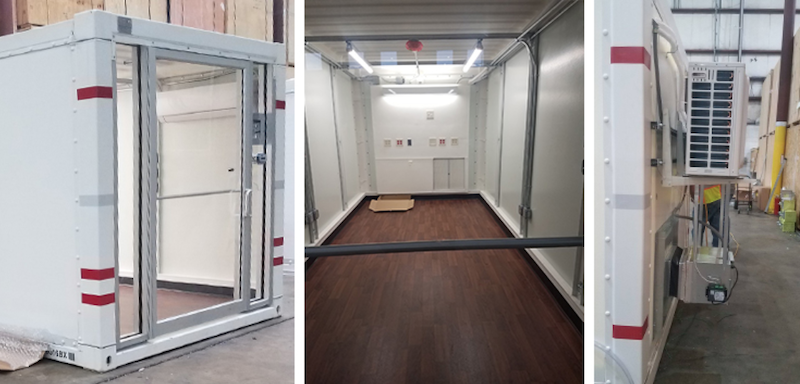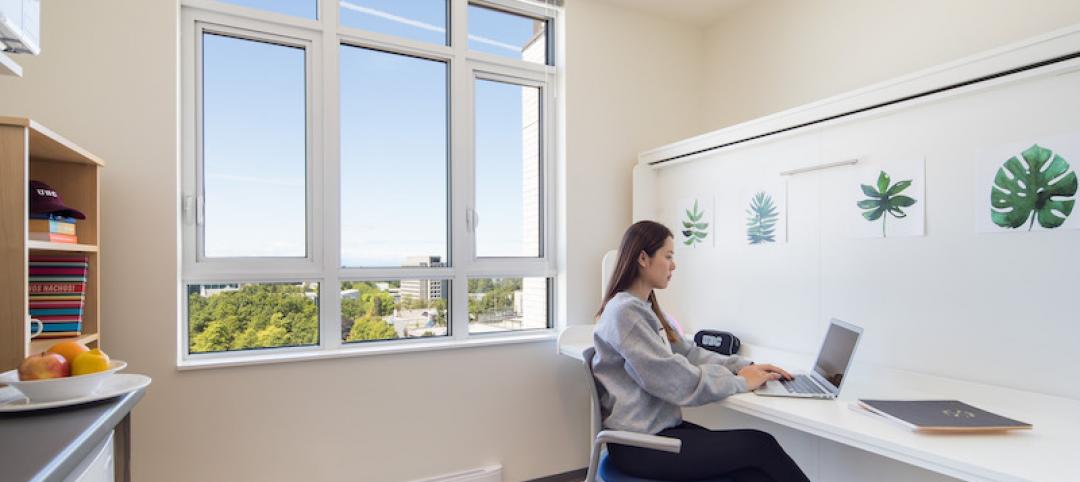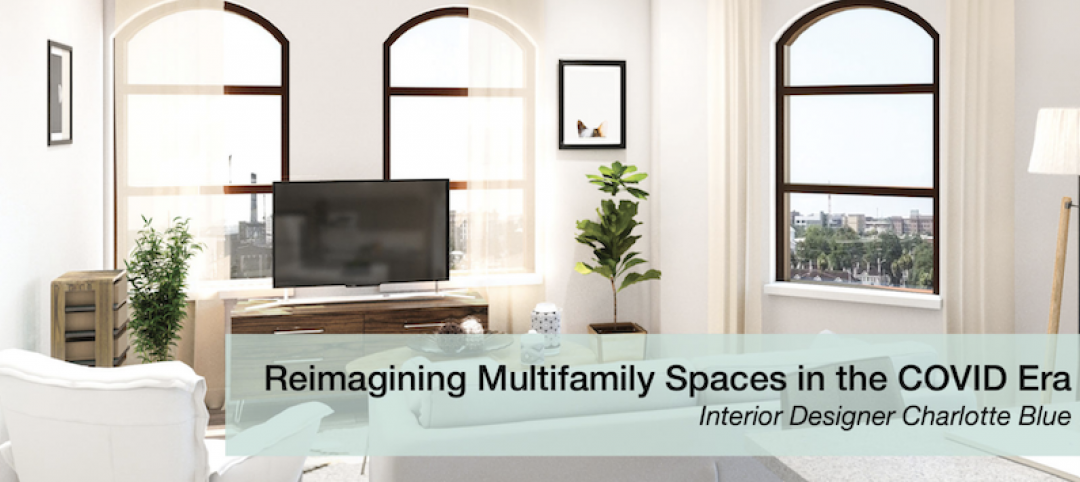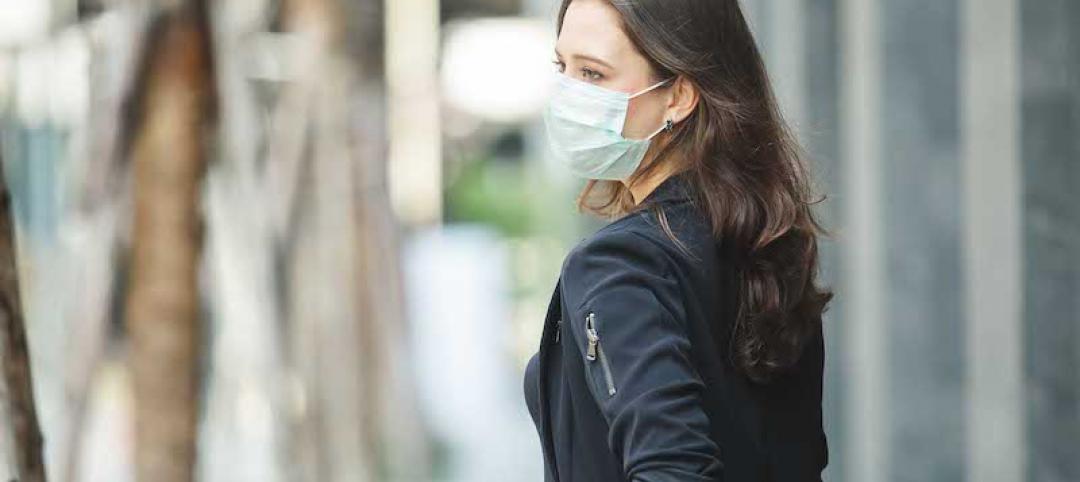CallisonRTKL worked with the facilities and infrastructure firm Patriot in a collaborative process on a design-build project for the U.S. Army Corps of Engineers. This project uses PODS to develop containers that can be repurposed into isolation units for alternative healthcare facilities treating coronavirus-positive patients.
Modifications to existing PODS containers were made to be used as a rapid response airborne infection isolation room (AIIR) and designed to enhance Healthcare Personnel (HCP) protection during care of infectious patients. Some of the design features implemented to limit HCP exposure:
- Isolation: Patients are isolated in an enclosed space, limiting to HCPs outside of the immediate patient care space.
- Transparency: The front wall of the container is designed with a full-glass door and sidelights to provide maximum patient visibility.
- Sanitation: Seamless flooring with cove base is installed to facilitate proper housekeeping and surface disinfection.
- Lighting: Multiple levels of lighting within the container haS been provided for patient comfort. Overbed lighting is provided for routine daytime settings with supplemental ceiling-mounted exam lighting and wall-mounted night lights.
- HVAC: HVAC systems are designed to provide horizontal air flow, introducing air from the front of the container and discharging air directly behind the patient at the rear of the container.
- Ease of Installation: Each container has individual electrical panels and condenser units mounted to the back of the container to simplify installation and commissioning of units within an alternate care site.
USACE APPROVED CONVERSION OF PODS CONTAINERS INTO SELF-CONTAINED ROOMS FOR COVID-19 PATIENTS
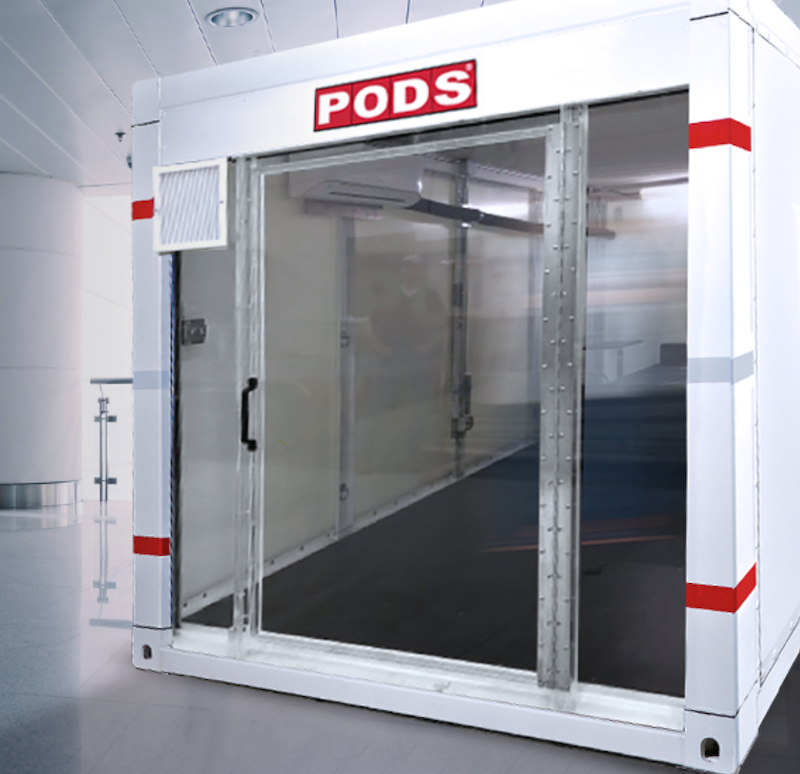
According to PODS, USACE developed, tested, and approved the conversion of PODS 12-foot and 16-foot containers into self-contained rooms with hospital beds that can be used for COVID-19 positive patients.
- Washable walls and floor cover per CDC guidelines
- Emergency back-up power
- Electrical and data outlets
- Exhaust fan with HEPA filtering
- Louver with gravity damper and balancing damper
- Modified isolation room entry door with direct line-of-sight visibility of patient
Related Stories
Coronavirus | Aug 27, 2020
8 must reads for the AEC industry today: August 27, 2020
Extended-stay hotels are the lodging sector's safest bet, and industrial real estate faces short-term decline.
Coronavirus | Aug 25, 2020
Co-living firm Common issues RFP for the future home office and work hub
Common, the U.S.’s largest co-living company, recently released an RFP for a “Remote Work Hub” to blend work and life from the ground up.
Coronavirus | Aug 25, 2020
Video: 5 building sectors to watch amid COVID-19
RCLCO's Brad Hunter reveals the winners and non-winners of the U.S. real estate market during the coronavirus pandemic.
Coronavirus | Aug 25, 2020
6 must reads for the AEC industry today: August 26, 2020
Big-box retailers’ profits surge, and rent payment tracker finds 90% of apartment households paying rent.
Coronavirus | Aug 25, 2020
7 must reads for the AEC industry today: August 25, 2020
Medical office buildings get a boost by demand and capital, and why the COVID-19 pandemic is increasing the need for telemedicine.
University Buildings | Aug 20, 2020
Student housing in the COVID-19 era
Student housing remains a vital part of the student and campus experience.
Coronavirus | Aug 17, 2020
Covid-19 and campus life: Where do we go from here?
Campus communities include international, intergenerational, and varied health-risk populations.
Coronavirus | Aug 10, 2020
Reimagining multifamily spaces in the COVID era
Multifamily developments pose unique challenges and opportunities.
Coronavirus | Aug 3, 2020
Exploring the airborne transmission of the coronavirus and strategies for mitigating risk
Health authorities say it’s important to understand the dangers of microdroplets. How might indoor ventilation need to change?


